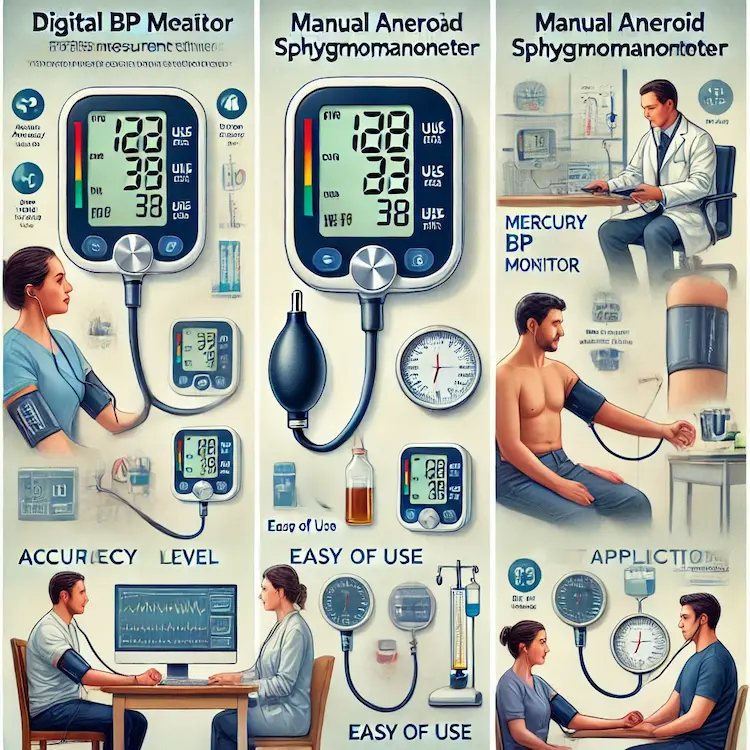Maintaining optimal blood pressure is essential for long-term health, as it reduces the risk of heart disease, stroke, and other serious conditions. Regular blood pressure monitoring is a crucial step in detecting and managing hypertension or hypotension before complications arise. Sphyg, a trusted supplier of clinically proven medical equipment, provides advanced solutions for accurate and reliable blood pressure measurement.
This article explores the importance of blood pressure monitoring, its impact on long-term health, the different methods available, and practical recommendations for maintaining a healthy cardiovascular system.
Blood pressure (BP) represents the force exerted by circulating blood against the walls of arteries. It consists of two values:

| Method | How It Works | Pros | Cons |
|---|---|---|---|
| Oscillometric Monitors (Digital BP Monitors) | Measures vibrations in arterial walls caused by blood flow | Easy to use, widely available, memory storage for tracking | May be less accurate for arrhythmic patients |
| Aneroid Monitors (Manual BP Cuffs) | Uses a stethoscope and sphygmomanometer | Gold standard for accuracy, used by professionals | Requires training, difficult for self-use |
| Mercury Sphygmomanometer | Uses mercury columns for precise readings | Highly accurate, long-lasting | Bulky, banned in some regions due to mercury toxicity |
| Wrist BP Monitors | Measures BP at the wrist instead of the upper arm | Compact, convenient for travel | Less accurate due to arm positioning sensitivity |
| Ambulatory BP Monitoring (ABPM) | Worn for 24-hour continuous monitoring | Provides detailed BP trends, reduces white coat syndrome bias | Expensive, uncomfortable for long-term wear |

Sphyg offers clinically validated blood pressure monitors designed for accuracy and ease of use. Their devices are:
Regular blood pressure monitoring plays a vital role in preventing cardiovascular diseases, improving treatment outcomes, and promoting overall well-being. Whether using digital monitors, manual devices, or ambulatory monitoring, tracking BP levels is a key component of Blood Pressure Monitoring for Long-Term Health. Sphyg’s advanced blood pressure monitors provide accurate, user-friendly solutions for individuals looking to take control of their health.